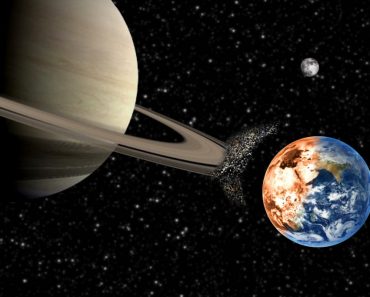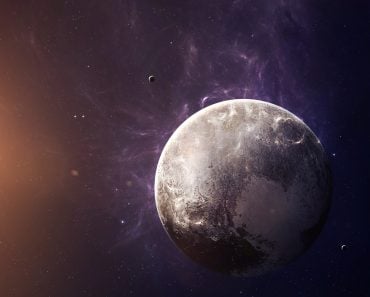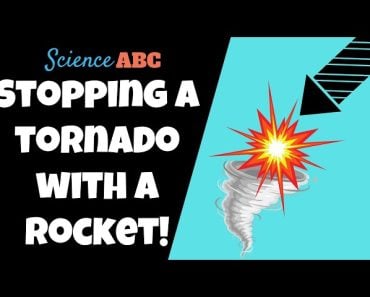Table of Contents (click to expand)
No, an asteroid cannot knock Earth out of its orbit.
We’ve all seen the blockbuster movies—the entire planet is thrown into chaos when word comes that a planet-ending asteroid is headed for our little blue dot. From Deep Impact and Meteor Storm to the ultimate classic, Armageddon, Hollywood has done a good job striking fear into the hearts of millions at the mere thought of an asteroid impact.
 Furthering that fear is our widespread knowledge of so many asteroid impacts in our history, particularly the devastating ones, such as the asteroid impact that killed off the dinosaurs. In Earth’s history, there have been a number of cataclysmic asteroid impacts, as well as countless smaller strikes across the globe since time immemorial. Researchers believe that there may be more than 80,000 meteorites larger than 10 grams that hit our planet each year! While this debris adds incrementally to the mass of our planet, many people wonder if the impacts have a larger effect. More specifically, as this article asks, can an asteroid knock Earth right out of its orbit?
Furthering that fear is our widespread knowledge of so many asteroid impacts in our history, particularly the devastating ones, such as the asteroid impact that killed off the dinosaurs. In Earth’s history, there have been a number of cataclysmic asteroid impacts, as well as countless smaller strikes across the globe since time immemorial. Researchers believe that there may be more than 80,000 meteorites larger than 10 grams that hit our planet each year! While this debris adds incrementally to the mass of our planet, many people wonder if the impacts have a larger effect. More specifically, as this article asks, can an asteroid knock Earth right out of its orbit?
Recommended Video for you:
Size Matters
When you’re having this sort of discussion, it’s important to consider the size of the astral objects in question. Our planet is 5.972 × 10^24 kg in weight and is moving at approximately 67,000 miles per hour in its orbit around the Sun. With something that large, moving that quickly, Earth has a lot of momentum in its orbit. For something to disrupt that momentum, it would have to be extremely large, moving extremely fast. To help put this in perspective, let’s take a quick look at some of the biggest meteor strikes that we know about in Earth’s history.
Chicxulub Crater
Famous for allegedly killing off the dinosaurs, the asteroid that struck off the coast of the Yucatan Peninsula 65 million years ago was a massive strike. Although there is some debate about the actual size of the impact crater, since the actual impact site is underwater, it is anywhere from 100-180 miles across, which makes it one of the largest—if not the biggest—in our planet’s history. It is believed that this impact, from an asteroid nearly 10 miles wide, caused a global winter within a matter of days, killing off half of all species on the planet. The KT Extinction, which came after the impact, allowed mammals to rise and soon become the dominant life form on the planet. While the effects of this impact were certainly devastating, it does not appear to have changed the course of Earth’s movement around the Sun.
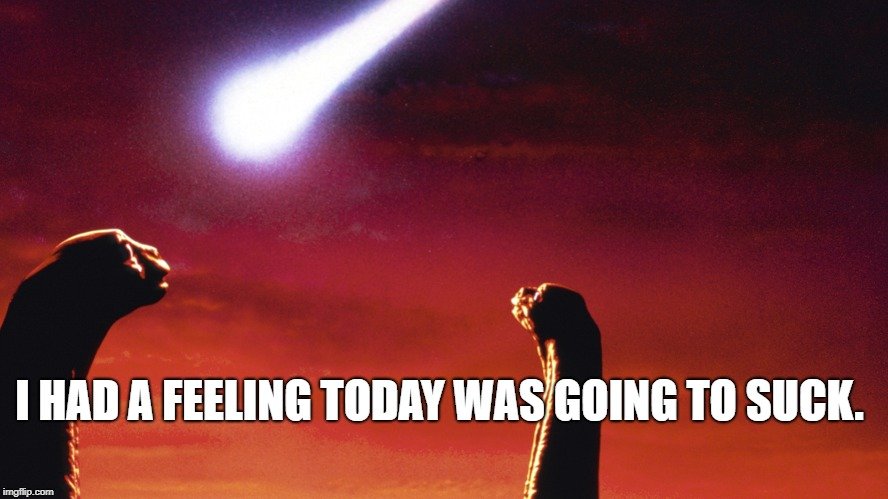
Popigai Crater
About 36 million years ago, an asteroid struck Siberia that left an impact crater that is 62 miles in width and created something called impact diamonds. The force of the impact on Earth was great enough to create billions of carats of diamonds, but this impact also didn’t shake Earth from its orbital foundations.
Sudbury Basin
Roughly 1.8 billion years ago, an asteroid struck an area of Ontario, Canada and left the third-largest impact crater in the world, and it remains one of the oldest massive strikes of which humans have found evidence. Even so, the asteroid itself only left an 81-mile crater, and in comparison to Earth, which is nearly 25,000 miles in circumference, it didn’t have nearly enough juice to knock Earth away from its annual loop.
Theia Impact
Although this likely occurred between Earth and another planetary body, about 4.5 million years ago, something crashed directly into our nascent planet, and the debris from this impact is believed to have gradually aggregated to form our orbiting moon. In other words, something as large as another planet crashed into Earth and it still didn’t knock us out of our obit around the Sun.
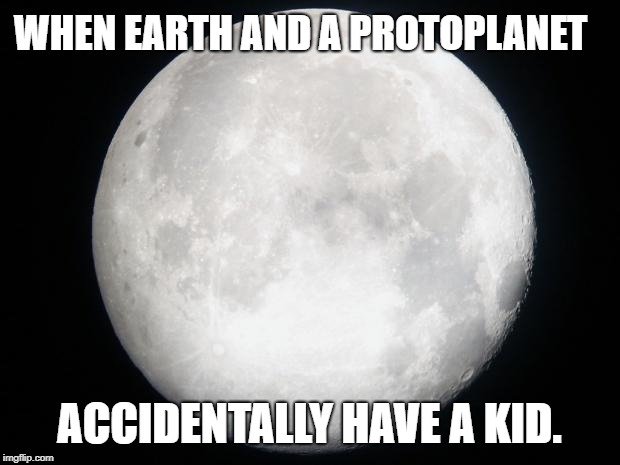
Is There Any Chance Of A Supermassive Asteroid Strike?
While there is always the outside chance that the most well-trained astronomers in the world, armed with an array of advanced detection technologies, could miss an outlying asteroid on a completely unpredictable billion-year orbit, you can rest easy when it comes to asteroid impacts knocking us off our galactic course.
Most of the asteroids that will ever affect Earth are leftovers from the formation of our solar system, and most of them aren’t of a significant size. We have identified and categorized thousands of these asteroids, and some small proto-planets, and we understand their trajectories. We have become to accurate in our predictions, in fact, that we know precisely when and how close the majority of these asteroids will fly by us.
Major asteroid strikes like the one that killed the dinosaurs happen, on average, every 100 million years or so, but they can range in size and intensity. While a global winter following an asteroid strike would be devastating for the planet, and humanity, we would likely survive, and find new ways to succeed over time. However, if an asteroid large enough to knock Earth out of orbit came barreling towards us, it would also be large enough to destroy us entirely, so our orbital placement would be the least of our worries as a planet.

A Final Word
The world is definitely going to end in some dramatic fashion, whether it is a nuclear winter, an asteroid strike, or being gradually crisped to ash when the sun expands in about 7.5 billion years. For now, however, with experts around the world keeping their eyes to the skies, we’re safe from any world-ending cosmic visitors. We should be focused on the far more real dangers that we have on Earth, rather than worrying about death from above!
References (click to expand)
- Giant-impact hypothesis - Wikipedia. Wikipedia
- Asteroid Impacts:10 Biggest Known Hits - National Geographic. National Geographic
- Meier, M. M. M., Reufer, A., & Wieler, R. (2014, November). On the origin and composition of Theia: Constraints from new models of the Giant Impact. Icarus. Elsevier BV.
- POPE, K. O., KIEFFER, S. W., & AMES, D. E. (2004, January). Empirical and theoretical comparisons of the Chicxulub and Sudbury impact structures. Meteoritics & Planetary Science. Wiley.
- Schulte, P., Alegret, L., Arenillas, I., Arz, J. A., Barton, P. J., Bown, P. R., … Willumsen, P. S. (2010, March 5). The Chicxulub Asteroid Impact and Mass Extinction at the Cretaceous-Paleogene Boundary. Science. American Association for the Advancement of Science (AAAS).




